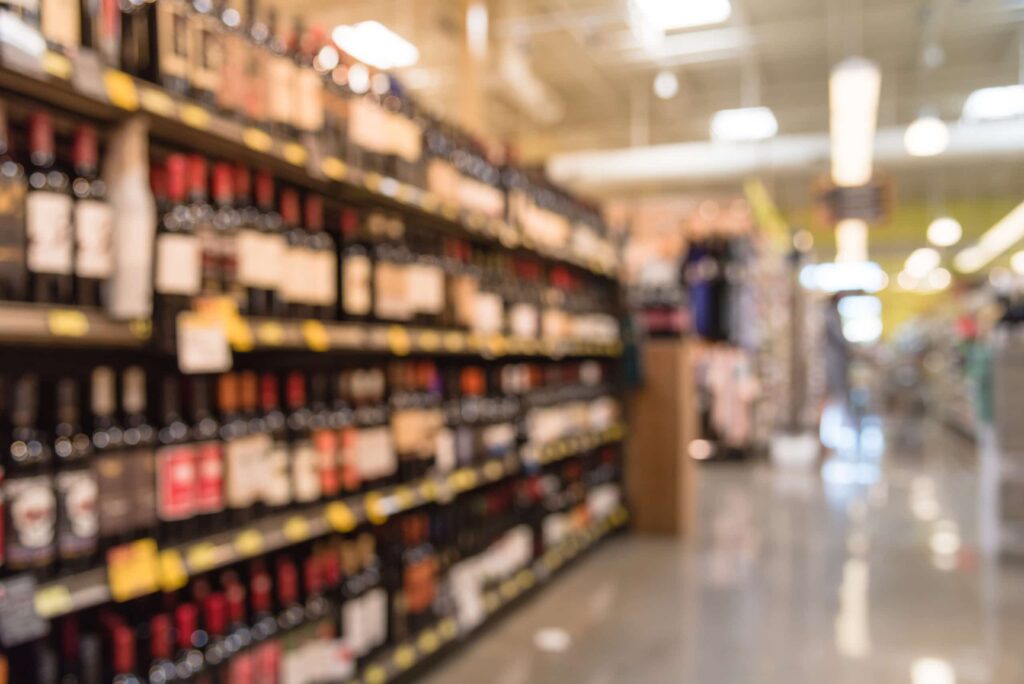In-store marketing is a critical avenue for CPG brands who traditionally have trouble gaining attention in the store due to a highly competitive market. Often, these brands have issues with in-store product visibility and competing with other brands solely on price point. These brands can overcome these challenges and increase in-store sales using a mobile app marketing campaign.
With an app-based strategy, a brand can gain the attention of consumers, encourage them to interact with products, and finally, push them through to purchase by offering rewards. Mobile acts as an excellent way to reach these consumers, as about $0.56 of every dollar spent is driven in some way by digital interaction. By leveraging personalization, gamification, and rewards, brands can gain the edge on the competition for in-store sales.
Putting Consumers First With Personalization
By offering consumers using mobile in the store messages and marketing material catered to their interests specifically, brands create a connection. Consumers often allow apps to access specific information that helps identify them as sales prospects for brands. This data extends outside of the basics like age, sex, and marital status, to less easily identifiable information, including:
- Interests: Data from social media and other apps—that includes information about the pages the consumers follows and hashtags they’ve mentioned—can be used to narrow down interests and target the right products to the right consumers.
- Location: While proximity to a product is the obvious reason for collecting location information, there are other important reasons to use it. Consider things like area-specific events that can drive interest in products, as well as the climate in those particular areas that may change a consumer’s needs.
- Prior purchases: A consumer’s purchase history can offer insight on their future purchases. For example, if a consumer stocks up on vitamins and other supplements, targeting items like sneakers and workout gear to them is a good idea as it’s likely they have a new exercise regimen to go along with their updated diet plan.
- Major life events: Many consumers have specific brands they are loyal to, and it’s difficult to get them to change. However, one area of potential occurs when a consumer is going through a significant life event, like graduation, the birth of a child, or retirement. During these periods, brands may have a better time getting consumers to try new products, as the consumer may have just discovered they need these types of products or have changes in their budget that spur a change in brands.
Apps can help collect and aggregate data like this to ensure brands are able to reach consumers at the right time, with the right messages. Targeted messages create a feeling of connection with the consumer which can be leveraged in the shopping aisle to get a consumer to seek out specific products.
Gaining Engagement With Gamification
 Gamification is taking an everyday process and turning it into a fun activity. Brands do this all the time through many mediums. These brands may offer interactive video or hide Easter eggs on their websites to increase consumer interest. By making a regular process fun and engaging, brands can connect with the consumers.
Gamification is taking an everyday process and turning it into a fun activity. Brands do this all the time through many mediums. These brands may offer interactive video or hide Easter eggs on their websites to increase consumer interest. By making a regular process fun and engaging, brands can connect with the consumers.
Gamification is also a strategy that works when consumers are in the shopping aisle. Shopkick leverages gamification as part of its shopping app to create a digital scavenger hunt which directs consumers to products in the store. The consumers can seek out participating items and scan the UPC to gain rewards points. This strategy works because consumers are seeking out products that may not have been previously visible.
The Role of Rewards With In-Store Marketing
The top sign of success of an in-store marketing campaign is the ability to gain a sale without the need to offer a discount. When a brand offers a discount to get consumers to purchase a product, the brand takes a loss for the sale of the product. It’s also possible that the discount is the only thing that drove the consumer to try the product, meaning that the brand won’t see any future purchases or increase in market share by using these methods.
When brands sit on the shelves in the store right next to their competition, they must find ways to redirect the consumer’s attention to their products.
Rewards, on the other hand, offer a twofold benefit. First, they entice consumers to try a product without the need for a discount. Second, they create an emotional connection between the brand and the consumer that could increase the likelihood of future purchases. If a consumer receives a reward from the brand, they may feel better about spending their money. Rewards are often perceived as having a value higher than their simple dollar amount. Both positive attributes reflect on the brand and help to build affinity.
In-store marketing through personalization, gamification, and incentivization offers a chance for brands to gain the sale even in a crowded marketplace. When brands sit on the shelves in the store right next to their competition, they must find ways to redirect the consumer’s attention to their products. Innovative mobile apps which allow brands to send personalized messages while in the shopping aisle can help direct consumers to a product in the store and increase sales.
Shopkick offers an engaging app which allows our partners to leverage the power of personalization, gamification, and incentivization. For more information, contact us.
Image courtesy of trongnguyen





